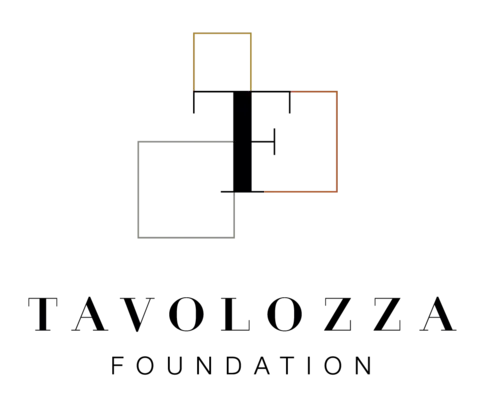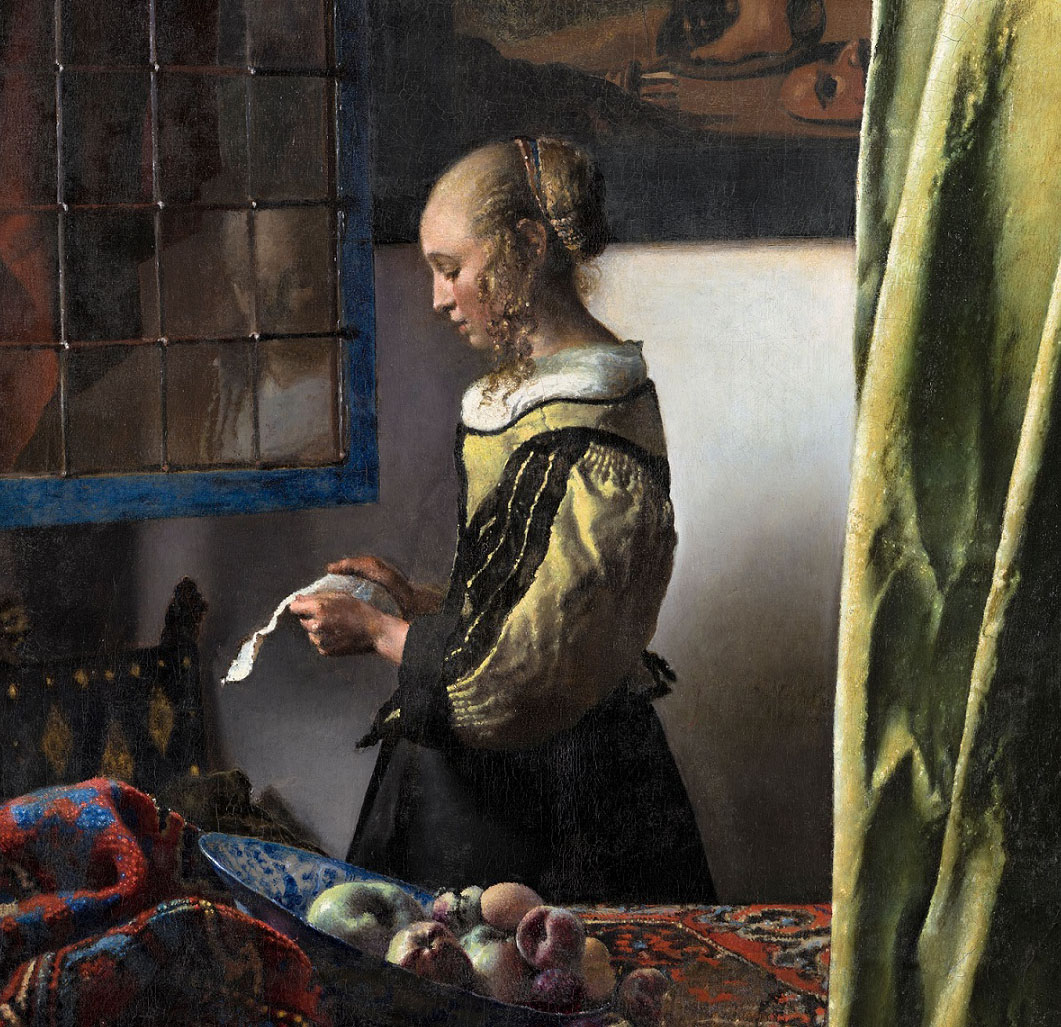Invitation to the press conference "TEAMWORK in Antwerp! Pieter Bruegel, Hendrick van Balen and the others"
03 June 2025Einladung zum Pressegespräch „TEAMWORK in Antwerpen! Pieter Bruegel, Hendrick van Balen und die anderen“
From 14 June to 5 October 2025, the Gemäldegalerie Alte Meister (Old Masters Picture Gallery) of the Staatliche Kunstsammlungen Dresden (SKD, Dresden State Art Collections) is showing "TEAMWORK in Antwerp! Pieter Bruegel, Hendrick van Balen and the others", an exhibition on the structure and work of important studios in 17th-century Antwerp. It is based on a comprehensive research project on the Flemish painting collections in the Gemäldegalerie Alte Meister that began in 2012. The latest, previously unpublished results of this research show how artists from different painting workshops joined forces and produced paintings together in efficiently organised work processes. The exhibition illustrates how this collaboration functioned on many different levels.
Almost all of the 53 paintings and 28 drawings and prints come from the SKD's holdings - plus six selected loans from Leipzig, Antwerp and private collections. More than half of the paintings have not been exhibited in Dresden since the Second World War, and some from the Brueghel and Francken family workshops have never been shown before.
After the storms of the Counter-Reformation under Spanish-Habsburg leadership, Antwerp experienced a new economic boom at the beginning of the 17th century, which brought a certain prosperity to an increasingly broad class of citizens. Cabinet paintings, i.e. small-format pictures with religious or mythological themes, landscape paintings and still lifes, were in great demand. So much in demand that artists, especially celebrated artists such as Jan Bruegel the Elder, Hendrik van Balen and Frans Francken the Younger, could barely keep up with production. As a result, workshop practice focussed on efficiency became increasingly important: Painters and their studios formed networks and co-operated in the production of paintings with an intensity and professionalism that had not previously been observed in Netherlandish painting.
The exhibition shows how this collaboration was organised, who was involved and how the paintings were produced. Artists such as Jan Brueghel the Elder and Frans Francken the Younger gave their names to the works. When paintings were painted in large numbers and of poorer quality in their workshops by assistants, pupils or itinerant labourers, care was taken to paint them at least ‘in the manner of’ Brueghel I or Balen’. The copies were sometimes so good that it was difficult to distinguish them from the original. The research project was able to shed light on this: 45 works were intensively analysed both technically (usually using radiation diagnostic methods, dendrochronology and microscopy) and in terms of art history. It was discovered that the big names sometimes concealed different artists.
The exhibition presents all the protagonists and the characteristics of their paintings: Jan Brueghel the Elder, for example, was famous for his landscape paintings and floral still lifes, while Hendrick van Balen loved to paint mythological figure scenes and Frans Francken specialised in small-figure biblical scenes.
They combined their talents for the efficient production of cabinet paintings. The division of labour took place not only within a studio, but also between the individual houses.
Works on paper form a separate focus in the exhibition. Drawn studies were created for popular motifs from everyday life, special natural scenes and fictional subjects, which were often widely received artistically. Drawings also served as sketches of ideas to clarify the overall composition and helped the artists to discuss individual motifs. TEAMWORK shows a total of 28 drawings and prints from the collection of the Kupferstich-Kabinett Dresden. Among others, the very rare and therefore rarely exhibited pen and ink drawing ‘The Gooseherd’ by Pieter Bruegel the Elder will be on display. Works of art such as this sheet provide an intimate insight into the process of creating the paintings and into artistic workshop practice.
Individual motifs are used to illustrate how they can be found in the various paintings and in different qualities. The visitors are encouraged to look closely and recognise painting styles and handwriting. The exhibition thus becomes a ‘school of seeing’.
Förderer
SachsenEnergie

